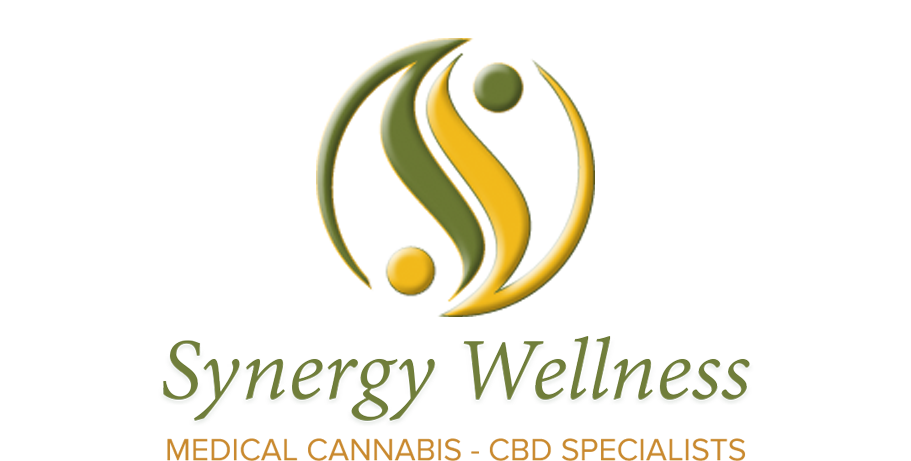An Introduction to Qi Gong
A 4,000 year old practice that can help you live better in 2020.
Qi Gong is a rich, multifaceted practice that has been a cornerstone of Chinese medicine for at least 4,000 years. The words Qi Gong loosely translate as energy work, and at its most basic, involves the cultivation of energy flow throughout the body. The Qi (pronounced “chi”) is often described as a life force that flows through the body’s twelve meridians, and in keeping with ancient Chinese beliefs about the creation of the universe, this Qi is comprised of both yin and yang elements. Perhaps the most basic objective of Qi Gong is to balance the yin and yang aspects of Qi.
Yin and Yang describes many dualities that are found in the natural world, such as light and dark, fire and water, expansion and contraction, and it is believed that a proper balancing of these two contradictory forces is far more beneficial than either by itself. Yin is the black side, and yang is the white side. The relationship between yin and yang is often described in terms of sunlight moving over a mountain and a valley. Yin (literally the 'shady place' or 'north slope') is the dark area shaded by the mountain's bulk, while yang (the "sunny place' or "south slope") is the brightly lit portion. As the sun moves across the sky, yin and yang gradually trade places with each other, revealing what was obscured and obscuring what was revealed. In this way, the interconnectedness of all things is represented by the symbol, wherein both yin and yang contain a seed of the other. It is also the inspiration for our Synergy logo.
Qi Gong is often described as a form of movement with meditation, coordinating slow-flowing movement, deep rhythmic breathing, and a calm meditative clearing of the mind. Depending on the particular discipline, certain sounds, such as different vowels, may accompany the breathing. Because it is so low-impact, and can be done sitting or standing, it is accessible to seniors and the medically challenged, making it suitable for recovering from a wide variety of health issues. People practice throughout China and worldwide for self-healing, recreation, exercise, relaxation, preventive medicine, and meditation. Qi Gong also has a strong connection and application to the martial arts.
The lineage of Qi Gong is complex, as one might expect of a practice that goes back 4,000 years. Many varieties have been handed down by renowned teachers, and their lineage guarded vigorously. Others have evolved out of practices that people have used to recover from serious illnesses. Most contemporary practices fall under the general categories of medical, spiritual, intellectual, life-nourishing and martial arts. It could be argued that Qi Gong is capable of improving one’s life in each of those ways.
The Five Elements Practice
My own experience with Qi Gong came 20 years ago when I had been diagnosed with a brain tumor. I was being given 18 months to live by conventional doctors, and I was investigating alternative approaches. I was referred to a Qi Gong teacher in San Rafael named Donald Rubbo. He taught a particular form of Qi Gong called Primordial Qi Gong, which has a long and respected lineage. I learned a practice based on the Five Elements which the Chinese assigned to nature: water, wood, fire, earth and metal. Each of these elements is tied to a compass direction, an internal organ, a season, an emotion and a color.
There were gentle movements and vocal sounds accompanying each of the elements. It began with facing the east and focusing on the element of wood, the liver, the emotion of anger, the color green and making a “Shhhh” sound. Then face south and focus on the element of fire, the heart, the emotion of manic joy, the color red and making a sound like “Haaah.” The next element was earth, associated with its own season of late summer, thus “adding” a fifth season to correspond to the five elements. Facing southwest, the focus was on autumn, the spleen, the emotion of worry and the color yellow. Then face west and embrace the fall season, the metal element, the lungs, grief or doubt, the color white and make a hissing sound. Finally face north, where the focus was winter, water, the kidneys, fear and the making of a “Whooo” sound.
Afterwards, practitioners were encouraged to recharge the body’s three dantiens – energy receptacles in the abdomen, chest and head – by raising hands over head and visualizing a ball of Qi energy the size of a basketball and slowly lowering this imaginary ball through the head and torso, descending to the abdomen, while making a “Heeee” sound. This is known as the triple burner and is found in many Qi Gong practices.
Obviously I recovered, otherwise you wouldn’t be reading this. I believe Qi Gong, along with other alternative strategies, helped me through my brain tumor. Much as quiet practices such as meditation and tai chi, Qi Gong, can do much to optimize the body’s energy flow and lead to greater well-being.
If you are interested in exploring Qi Gong for yourself, we can recommend Lee Holden, a Qi Gong instructor who offers individual and online classes. His website can be accessed at https://www.holdenqigong.com. A YouTube video of an excellent 20-minute daily routine can be found at https://youtube.com/watch?v=pj4qo2KL9f4&feature=share
• • •


